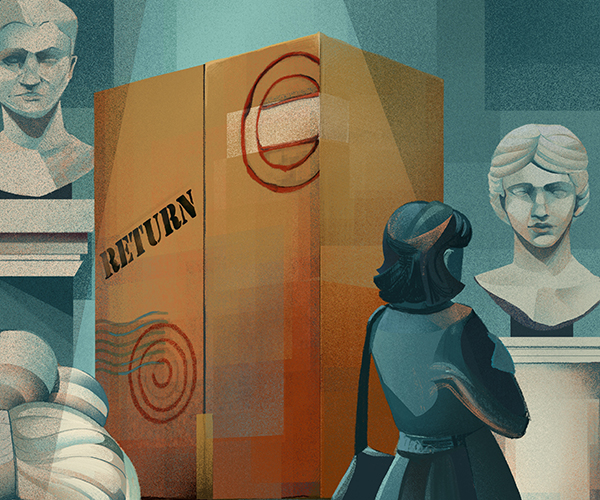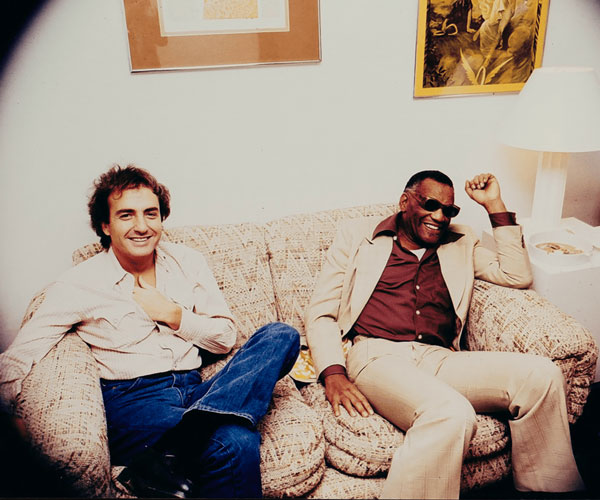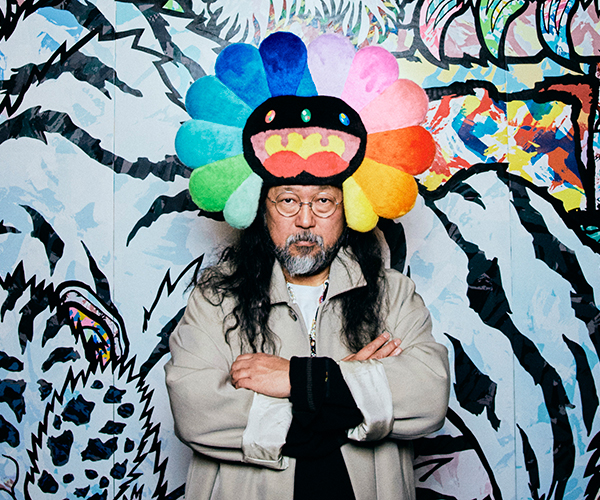Five years after it closed for renovation, the Cleveland Museum of Art is unearthing its oldest treasures. The new ancient and medieval galleries open June 26 on the lower level of its 1916 building, restoring the museum’s sweep through almost all eras of human history. “These collections really begin with the story of the origins of civilization in the West,” says chief curator Griff Mann. Monumental sculptures share space with vases, coffins and other objects. “They connect the world of art to our humanity,” Mann says. “So many of these objects were functional and lived a life before their life as art objects.” Here’s a bird’s-eye view of the new galleries with a look at our favorite pieces.
A. APOLLO SAUROKTONOS, the Lizard-Slayer, the museum’s biggest, most controversial acquisition of the 2000s, may have been created by the Greek master sculptor Praxiteles. The statue will greet visitors in the lower level’s main foyer. “He’s the signature art object by which many people will enter the galleries,” Mann says.
A. APOLLO SAUROKTONOS, the Lizard-Slayer, the museum’s biggest, most controversial acquisition of the 2000s, may have been created by the Greek master sculptor Praxiteles. The statue will greet visitors in the lower level’s main foyer. “He’s the signature art object by which many people will enter the galleries,” Mann says.
B. This VASE FROM ABOUT 520 B.C., near the height of Greek vase painting, shows Hercules (or Herakles, as the Greeks called him) slaying the Nemean lion. “This is the lion whose skin was so charmed that spear, ax, arrow, sword couldn’t cut it,” Mann says, “so the only way Hercules can defeat him is by strangling him and wrestling him to the ground.”
C. Didn’t a whale swallow Jonah? The Bible calls it a “big fish” — though it’s a sort of dog-fish in this third-century sculpture, JONAH CAST UP. It’s an early example of Roman sculptors taking on a Judeo-Christian subject and part of a collection of six marbles that stunned the art world when the museum unveiled them in 1965.
D. The museum’s Egyptian art is back. Two sarcophagi, or coffins, that once held mummies face the open entrance of the new Egyptian gallery, including the Coffin of Bakenmut, a priest, which the museum has owned since 1914.
E. Not much sixth-century art managed to survive the icon-destroying period that gave birth to the word “iconoclasm.” But this rare Egyptian tapestry, Icon of the Virgin & Child, did: It was safe inside a tomb.
F. X-rays show this silver arm from Germany, Arm Reliquary of the Apostles, holds an actual arm bone. It’s from the 12th century, when the church collected saints’ bones as relics. Likenesses of the 12 apostles are engraved on it.



